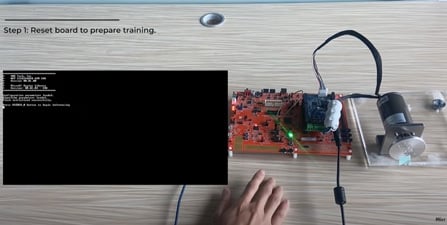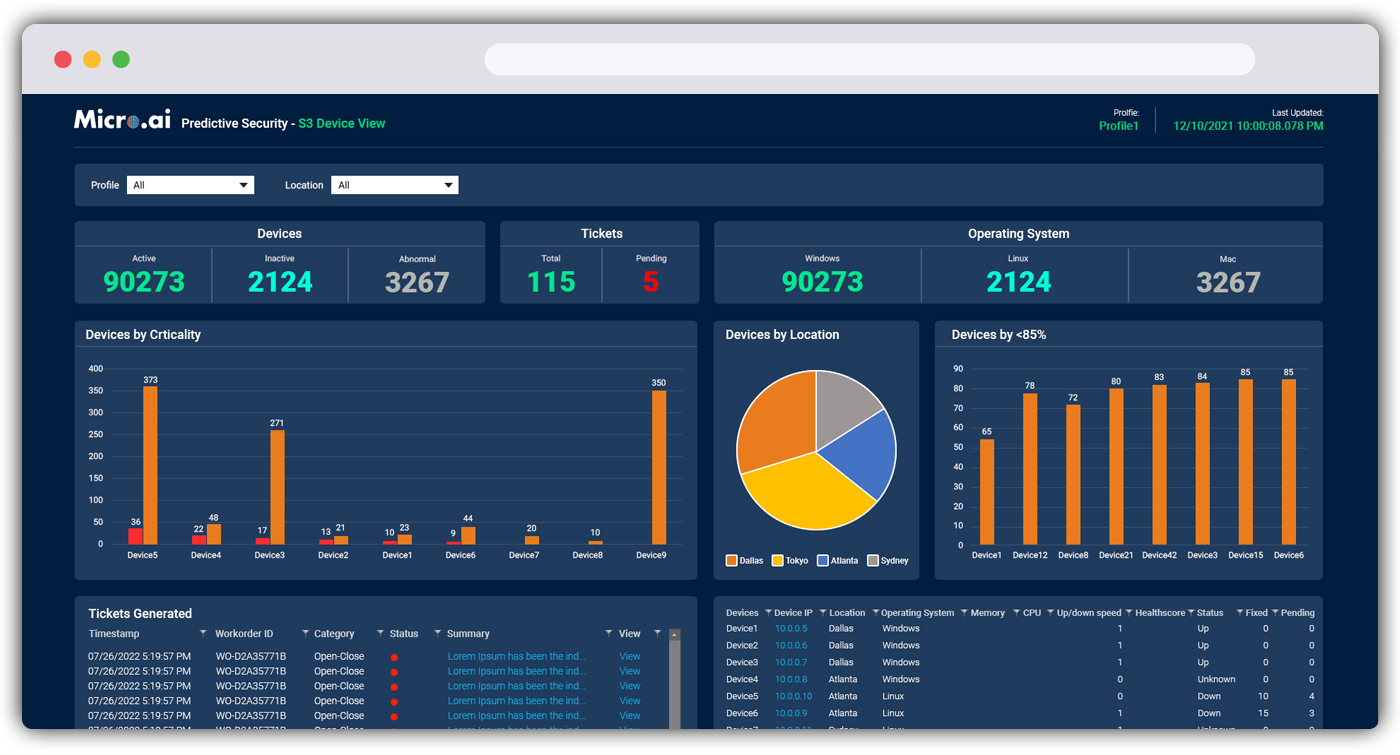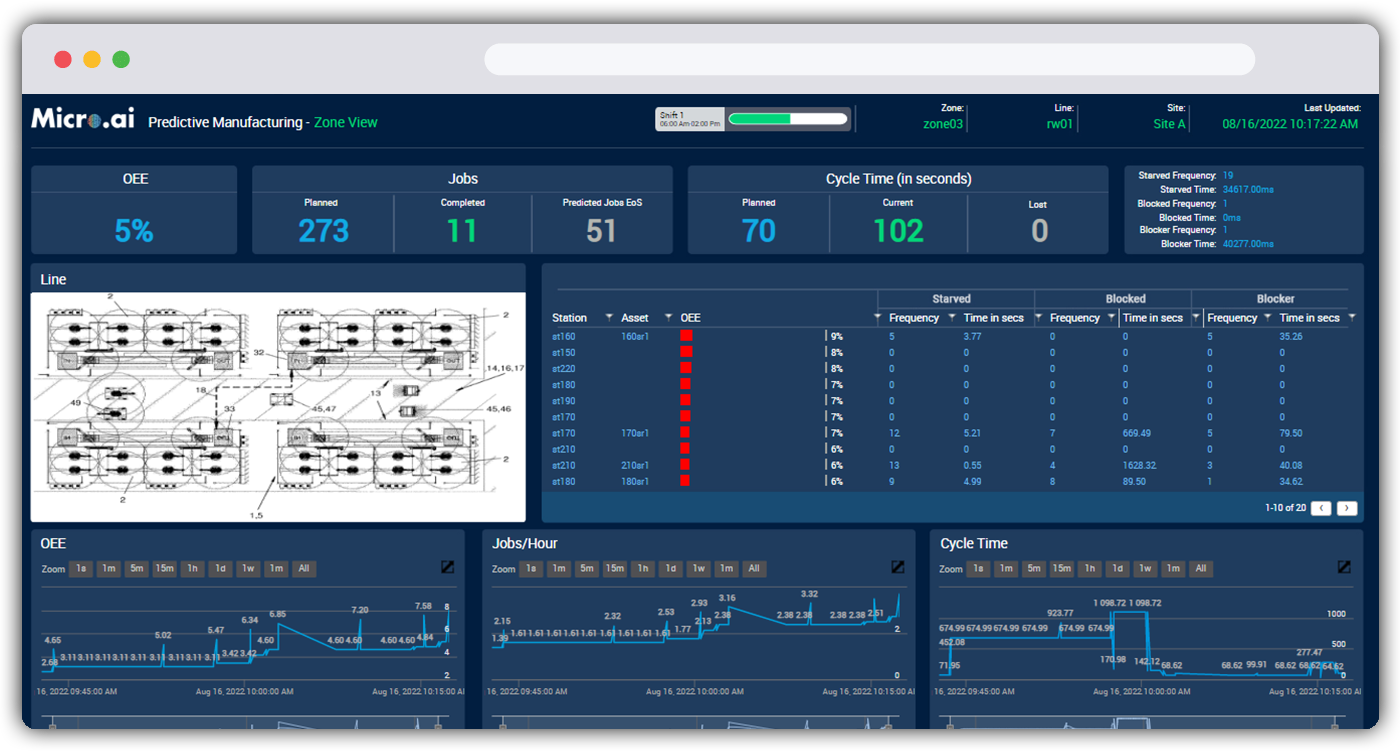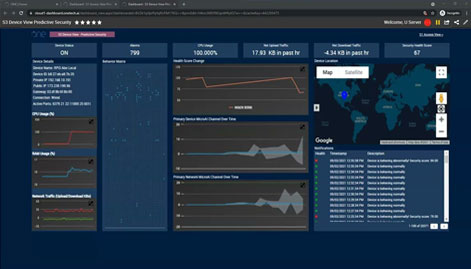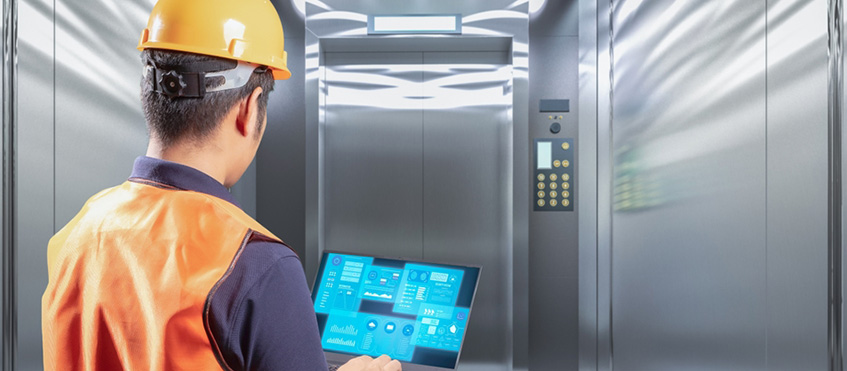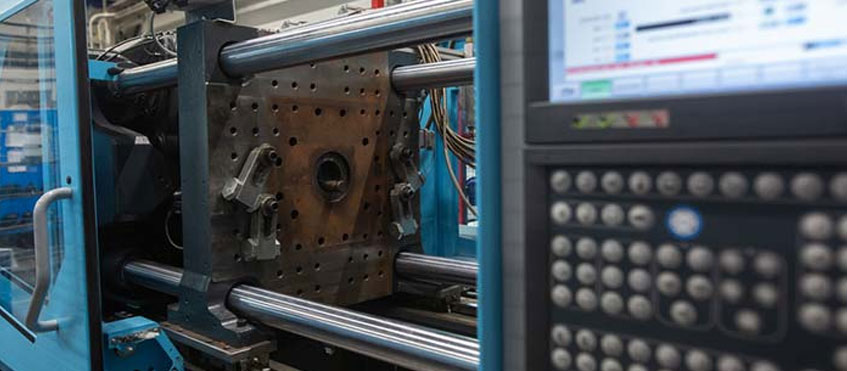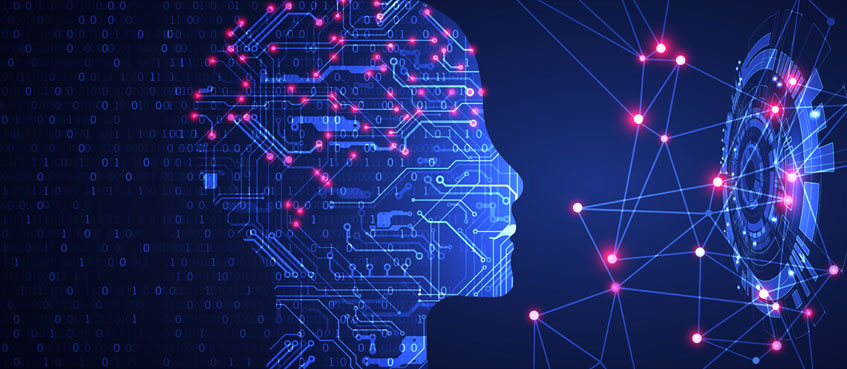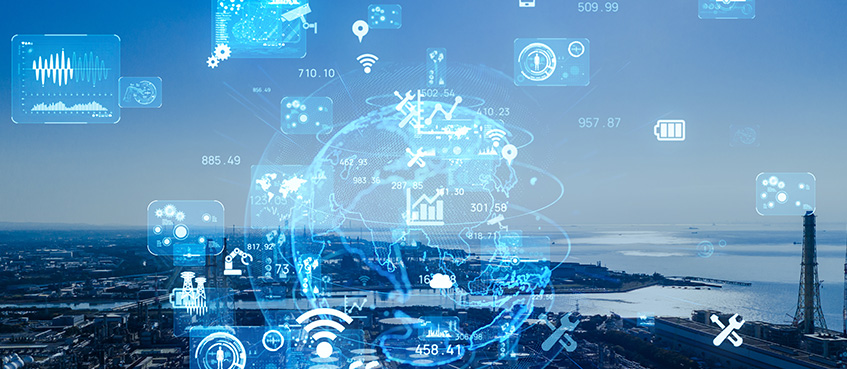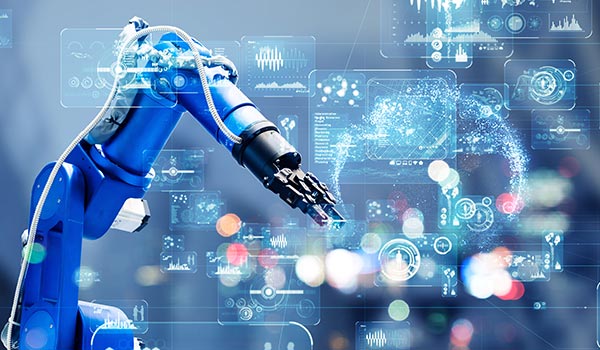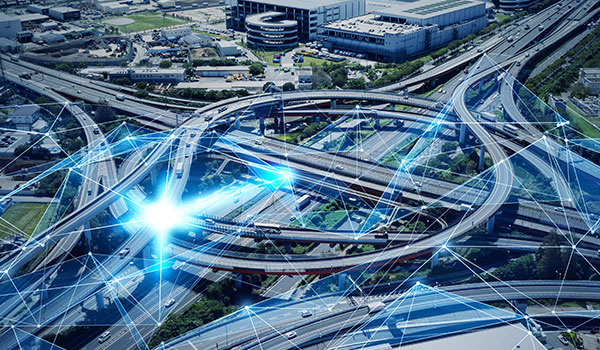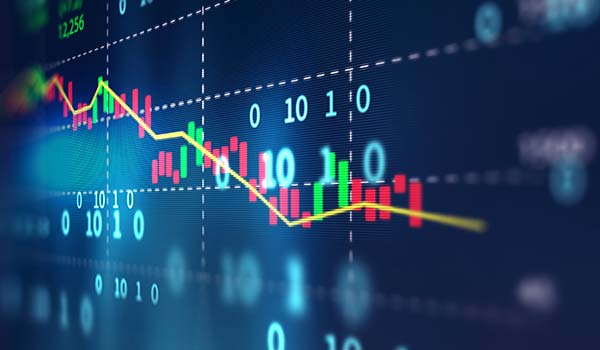Overview
Deep Observability – Beyond Simple Monitoring
Observability is about generating actionable insights from the data generated by assets within an IT or OT infrastructure, insights that enhance the operation’s ability to maximize OEE (overall equipment effectiveness) and security. Observability goes well beyond static monitoring and logging.
-
Dynamic Learning
Learning the normal behavior of an individual asset or a group of assets.
-
Endpoint Monitoring
Utilizing embedded machine learning (ML) algorithms to provide deep insights into real-time performance and health of assets.
-
Recursive Analysis
Recursive analytics that produce predictive insights into future asset health and maintenance requirements.
-
Insight Mining and Distribution
Embedded intelligent workflows that deliver insights and alerts to designated stakeholders.
Challenges
Many critical assets (machines, devices, network equipment, etc.) lack the deep observability required to produce deep insights into performance, health, and security. The lack of deep, asset-centric, AI-enabled observability creates a host of problems within the asset ecosystem:
Watching Without Learning
Asset ecosystems are plagued by a host of problems resulting from legacy solutions that watch but that do not actively learn. This observability shortfall produces numerous barriers to operational excellence.
Non-Optimized Control
The lack of deep asset observability inhibits the gathering of insights into the effects of varying environmental conditions and the impacts on assets that are similar in design but that perform dissimilar functions.
Slow Anomaly Detection
The absence of deep, real-time, asset observability creates a barrier to the immediate detection and notification of an asset performance anomaly.
Inability to Predict
The inability to generate timely, accurate, actionable, predictive analytics is a prohibitive limitation in fully optimizing the performance and security of mission-critical assets.
A typical edge device or compute unit -VMs, containers, machines – can produce 100 MB to 1 GB of telemetric data daily. The high cost of data transmission can be a prohibitive factor. Scaling and processing terabytes of data is increasingly costly for operations that rely on cloud-based infrastructures. Challenges include:
Overwhelming Volume
Traditional monitoring solutions are not equipped to manage large volumes of asset data, requiring additional external---costly--- support.
Lack of Discernibility
No ability to quickly discern critical data from non-critical data results in costly processing inefficiencies.
Cloud Dependance
Heavy reliance on cloud infrastructures creates prohibitive cost burdens due to data latency, management inefficiencies, and data transmission.
The Solution
Observability – A New Paradigm
MicroAI is redefining asset observability by moving observation closer to the asset and by providing the intelligence to maximize that observability. MicroAI is the only technology that provides local AI model training and observability. Technology that provides:
- Observability embedded directly into the MCU/MPU of an asset
- Consumable AI outputs for asset observability applications
- Continuous model adaption and training based on real-time asset conditions
- Model training and inferencing that occurs at the edge
- Predictive analytics that enable predictive maintenance and health scores
- Less reliance on cloud support for data processing
- Tiny footprint that requires no label data
- Simple integration into an existing IT and OT ecosystem

Benefits
Operation Excellence via Observability
MicroAI offers a powerful AL/ML platform that covers the entire spectrum of enterprise infrastructure observability. MicroAI’s breakthrough technology enables the observability required to maximize OEE and attain new levels of operational excellence. Differentiators that include:
-
Seamless and secure ingestion of data from a wide variety of IT and OT devices and machines (sensors, robots, field assets, network equipment, VMs, etc.).
-
A centralized visualization engine that provides continuous observability into the status of connected devices and machines.
-
The embedding and training of intelligent workflows that automate the process of performance alert notifications and implementation of rapid threat mitigations.
-
Predictive analytics produce actionable insights into future conditions. Deeper observability that enables a transition from reactive to predictive asset management.
-
The embedding and training of intelligent workflows that automate the process of responding to data produced by deep observability.
-
Embedded and edge intelligence that is collected, synthesized, and analyzed locally. The amount of cloud support is reduced, resulting in significant costs savings.
MicroAI Resources
You’ve read about it.
Now see Agentic AI in action.
Smarter Decisions. Faster Growth. Ready to take the lead?

